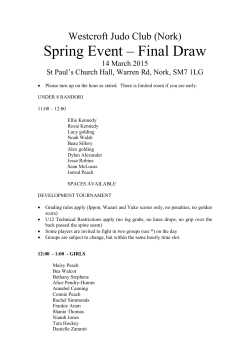
CarbonSync - Designing the Urban Commons
CARBONSYNC The underused spatial remnants of London’s industrial age are re-imagined as new spaces for urban commoning, creating a network of socially constructed and synchronised spaces across the city. Disused docks and gasometers occur throughout the city, but are currently underused and at risk of privatisation, especially through consumption-led urban regeneration. These spaces can be reclaimed and reused to provide areas of dense urban tree planting; a public space typology rarely available within cities. These urban forests will function as carbon sinks; absorbing carbon dioxide from the industrial processes of the city and converting it into oxygen to be used by it’s citizens. Thus safeguarding clean air for future generations. Visualisation: Dock 1t CO2 0.7t O2 The social process, through which these spaces would be reclaimed and reimagined, would start with local community planting to engage and instill a sense of ownership over time. The resources produced will not be tangible, but arguably more meaningful and wider reaching in their influence and impact. 1 m3 growth Carbon Sync proposes a range of interventions across the city, forming a wider network of opportunities for urban commoning; reclaiming and re-imagining underused former industrial sites to achieve a range of productive outcomes. One tonne of carbon dioxide can be absorbed by 1 cubic metre of tree growth. And 0.7 tonnes of oxygen will be returned to the atmosphere through the process of photosynthesis. Concept Precedent Studies Promenade Plantee Paris Sketch Design:Gasometer Nature Planting Maturity Amenity Paris Bibliotheque Nationale Duisburg Landschaftspark Timeline: Section Community Carbon
© Copyright 2025





















